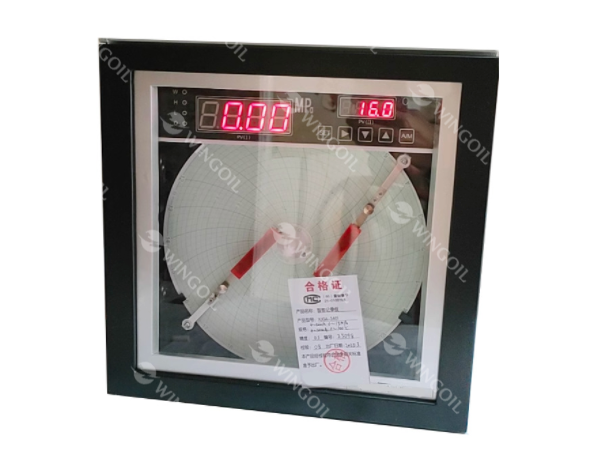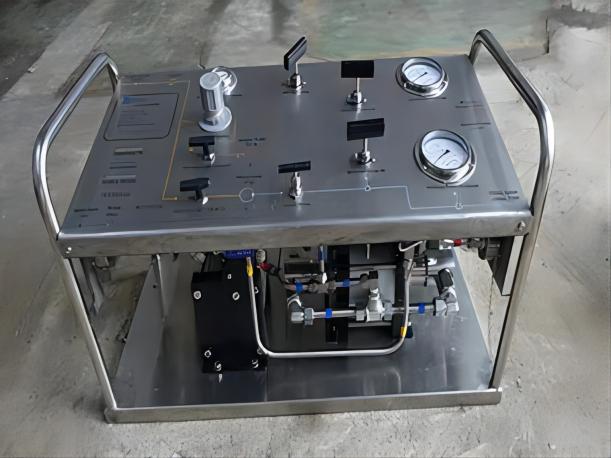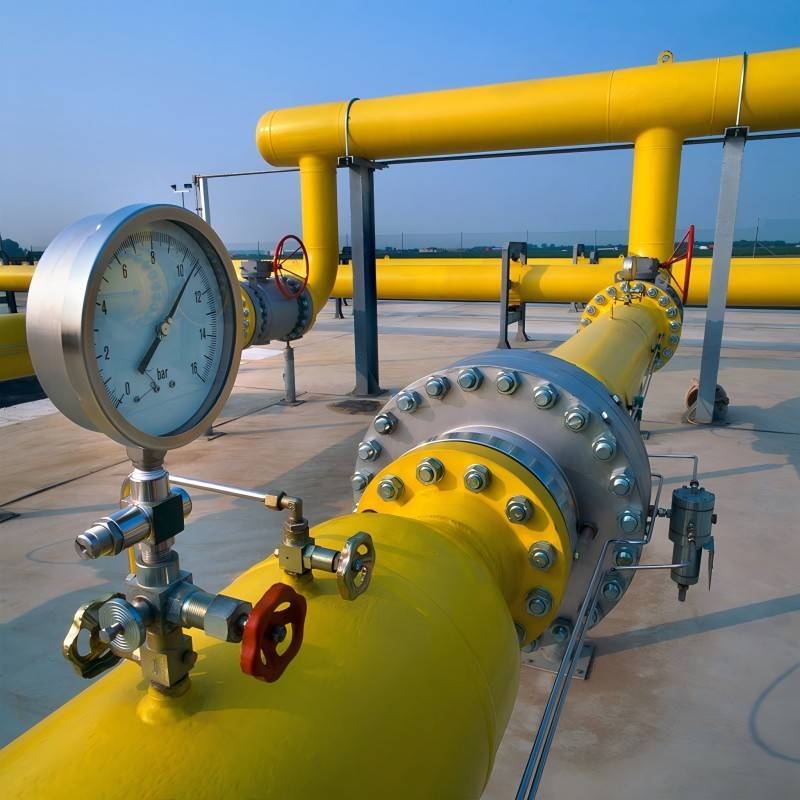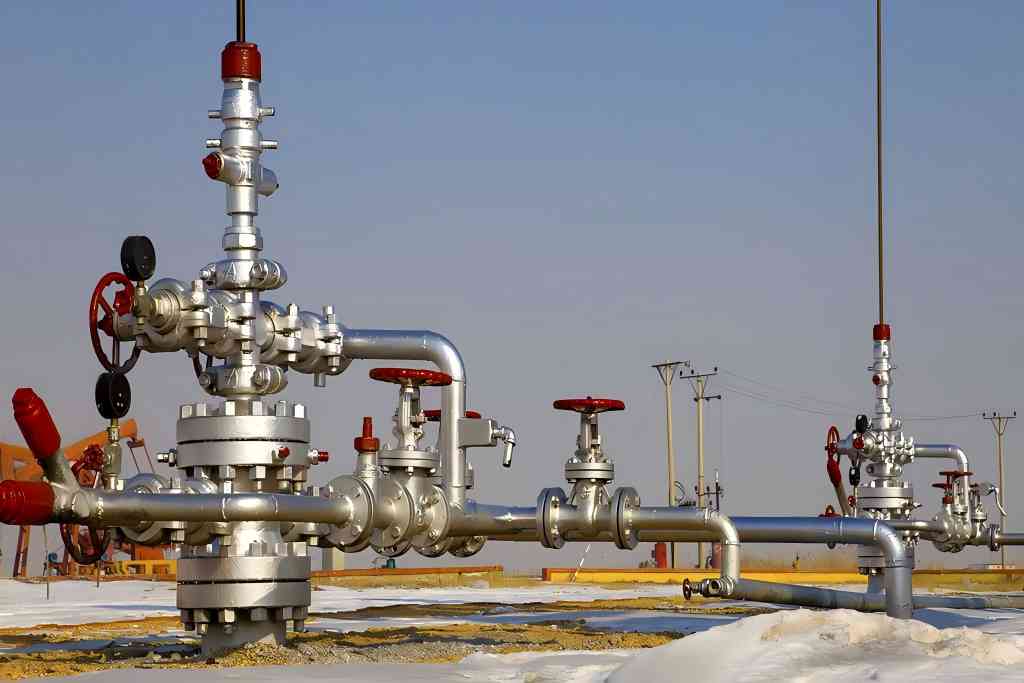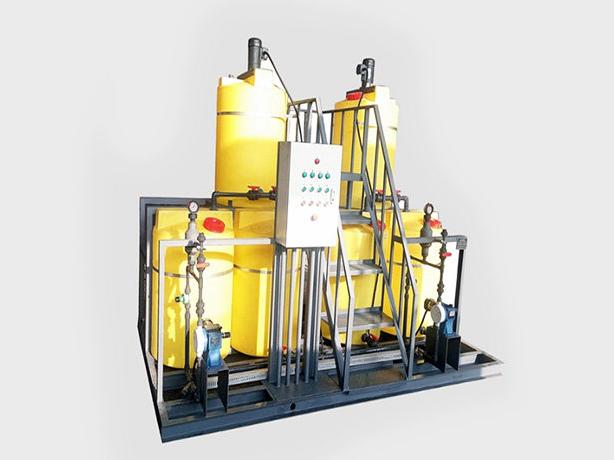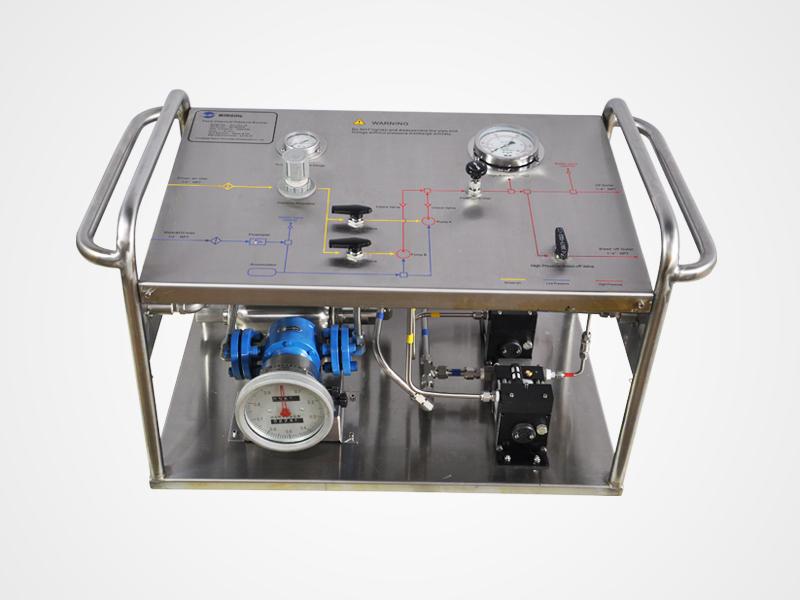Portable Hydrostatic Water Test Pumps for Gas and Oil Integrity Testing
A portable hydrostatic water test pump is a critical piece of equipment used in the gas and oil industry for testing the integrity of pipelines, tanks, valves, and other pressure-containing components. These pumps play a crucial role in ensuring the safe and efficient operation of oil and gas facilities. Here, we will discuss how a portable hydrostatic water test pump works.
Components of a Portable Hydrostatic Water Test Pump
A portable hydrostatic water test pump is comprised of several key components, including the pump head, motor, pressure gauge, and hose connections. The pump head is the part of the pump that draws water into the system and pressurizes it. The motor provides the power to operate the pump, while the pressure gauge measures the pressure of the water being pumped. The hose connections are used to connect the pump to the pipeline, tank, or other component being tested.
Working Principle of a Portable Hydrostatic Water Test Pump
The working principle of a portable hydrostatic pressure pump is based on the use of a piston or diaphragm to create pressure. When water is drawn into the pump head, the piston or diaphragm compresses it, creating pressure within the system. This pressure is measured and regulated by the pressure gauge, which is typically located on the pump head.
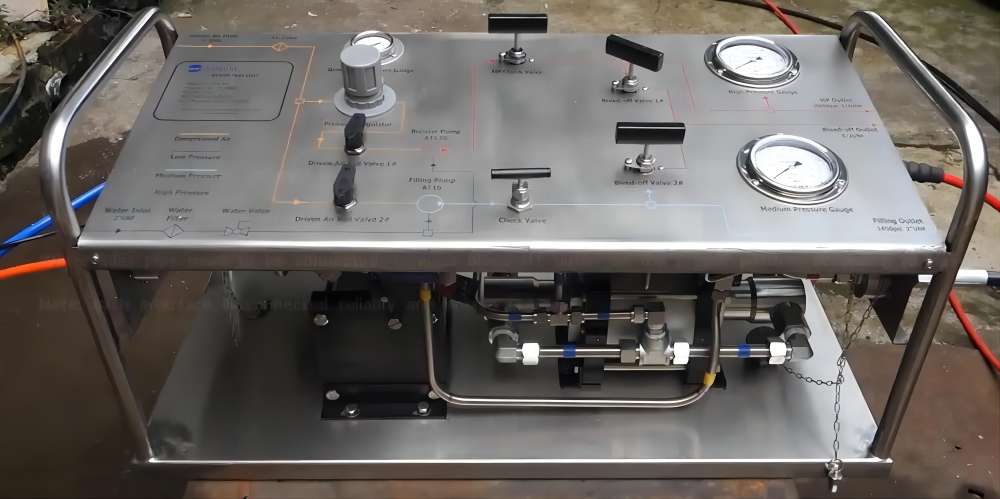
Using a Portable Hydrostatic Water Test Pump
To use a portable hydrostatic water test pump, the pump is connected to the pipeline, tank, or other component being tested using the hose connections. Water is then drawn into the pump head and pressurized using the piston or diaphragm. The pressure is monitored using the pressure gauge, and adjustments can be made as necessary to ensure that the pressure stays within the desired range.
The testing process typically involves pressurizing the system to a predetermined level and holding it there for a specified period of time. During this time, the pressure is monitored to ensure that it remains stable and within the acceptable range. Once the testing period is complete, the pressure is released from the system and the pump is disconnected.
Safety Considerations
When using a portable hydrostatic water test pump, there are several important safety considerations that must be taken into account. First and foremost, it is essential to wear appropriate protective gear, including gloves, safety glasses, and ear protection. This is particularly important when working with high-pressure systems, as a failure or rupture of the system can result in serious injury or even death.
Other safety considerations include following the manufacturer’s instructions for the pump, ensuring that the pump is used in a safe and secure environment, and properly maintaining the pump to ensure that it is in good working order.
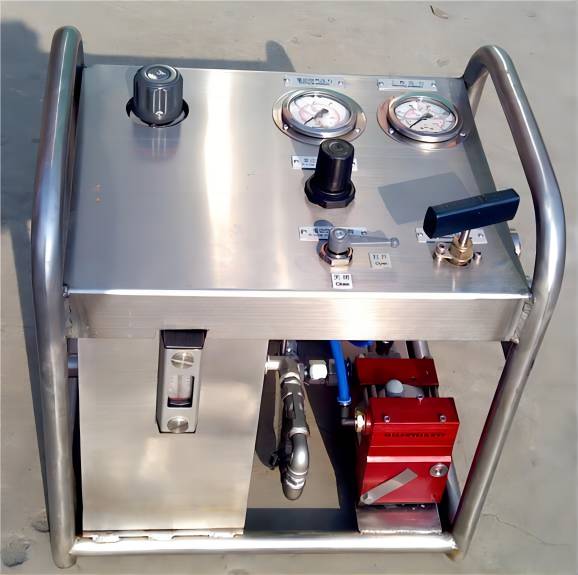
Conclusion
In conclusion, a portable hydrostatic water test pump is an essential piece of equipment used in the gas and oil industry for testing the integrity of pipelines, tanks, valves, and other pressure-containing components. By pressurizing these systems and monitoring the pressure, these pumps help to ensure that oil and gas facilities operate safely and efficiently. To use a portable hydrostatic water test pump safely and effectively, it is important to understand its components, working principles, and safety considerations. By following these guidelines, oil and gas professionals can confidently use these pumps, knowing that they are helping to keep their facilities safe and operational.

